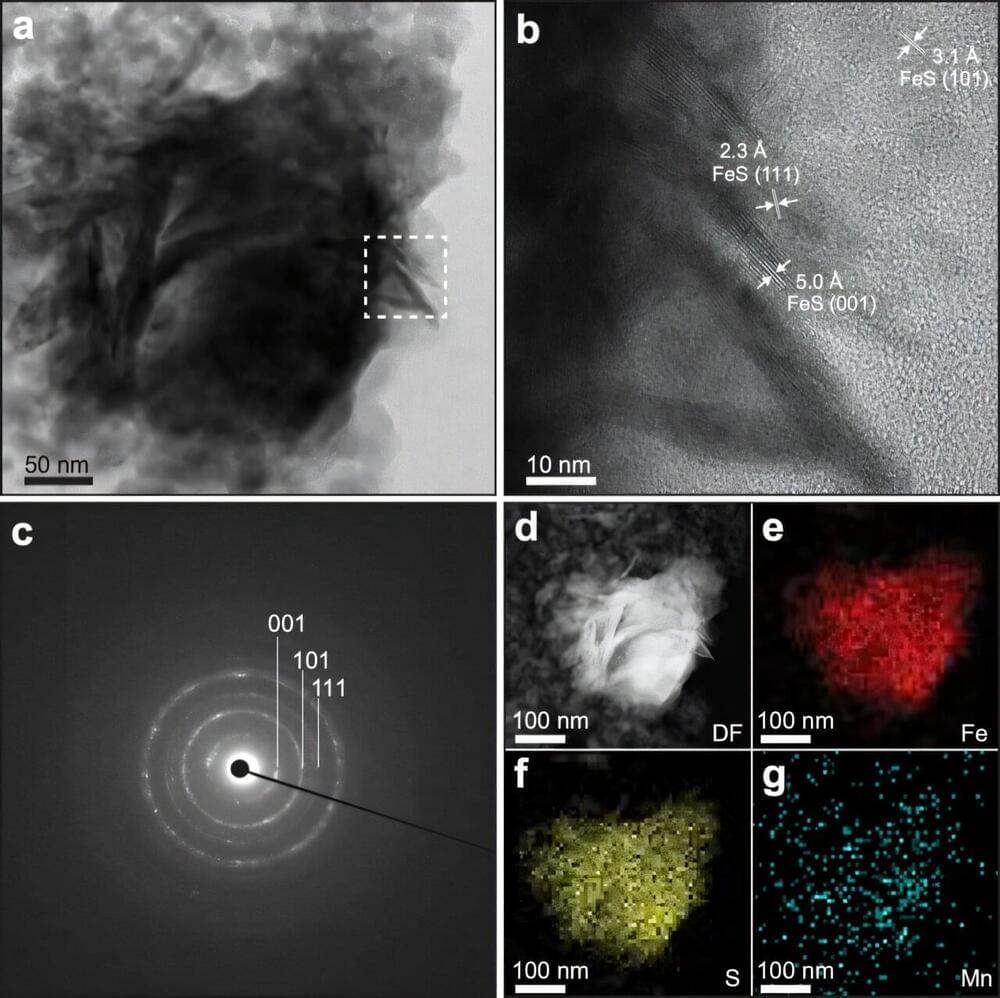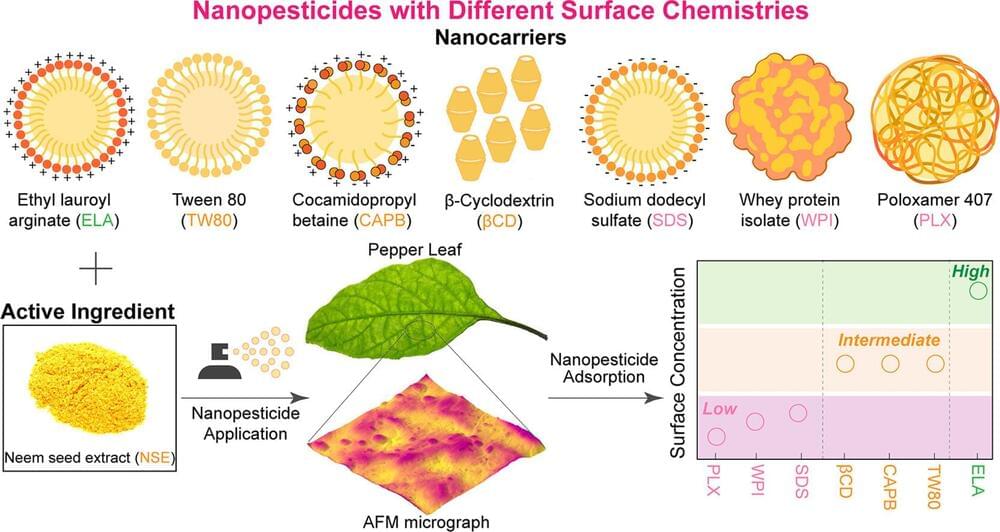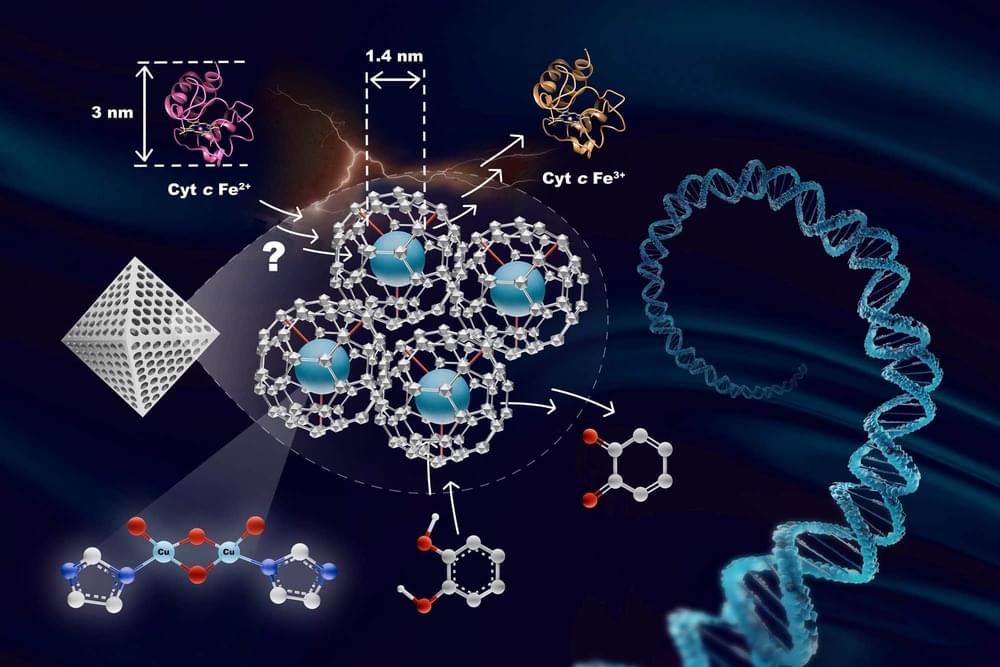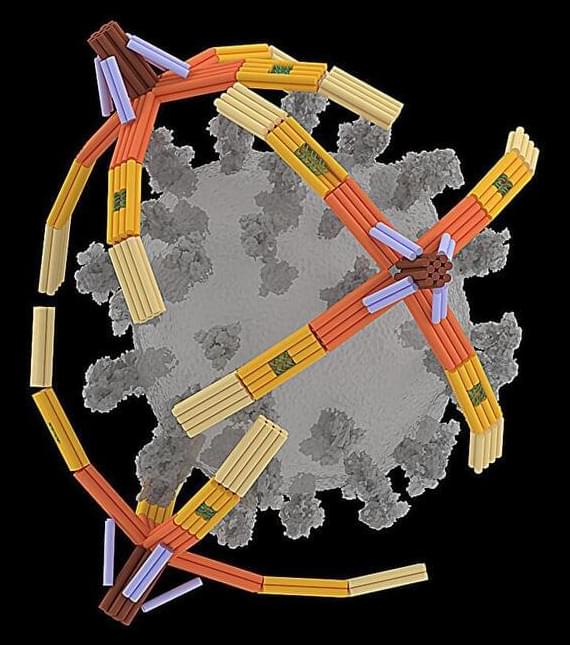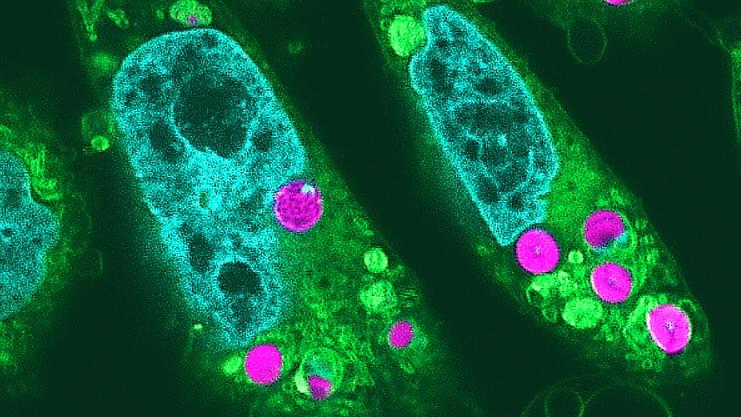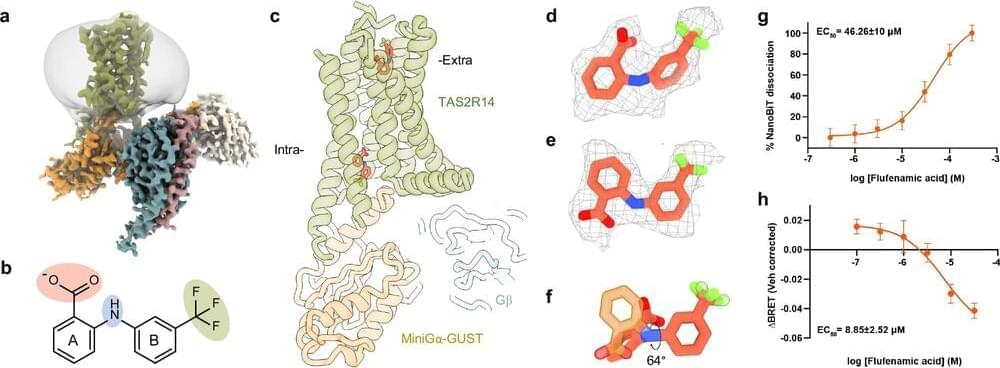An international team of scientists has published a study highlighting the potential role of iron sulfides in the formation of life in early Earth’s terrestrial hot springs. According to the researchers, the sulfides may have catalyzed the reduction of gaseous carbon dioxide into prebiotic organic molecules via nonenzymatic pathways.
This work, appearing in Nature Communications, offers new insights into Earth’s early carbon cycles and prebiotic chemical reactions, underscoring the significance of iron sulfides in supporting the terrestrial hot springs origin of life hypothesis.
The study was conducted by Dr. Nan Jingbo from the Nanjing Institute of Geology and Paleontology, Chinese Academy of Sciences; Dr. Luo Shunqin from Japan’s National Institute for Materials Science; Dr. Quoc Phuong Tran from the University of New South Wales, Australia, and other researchers.
